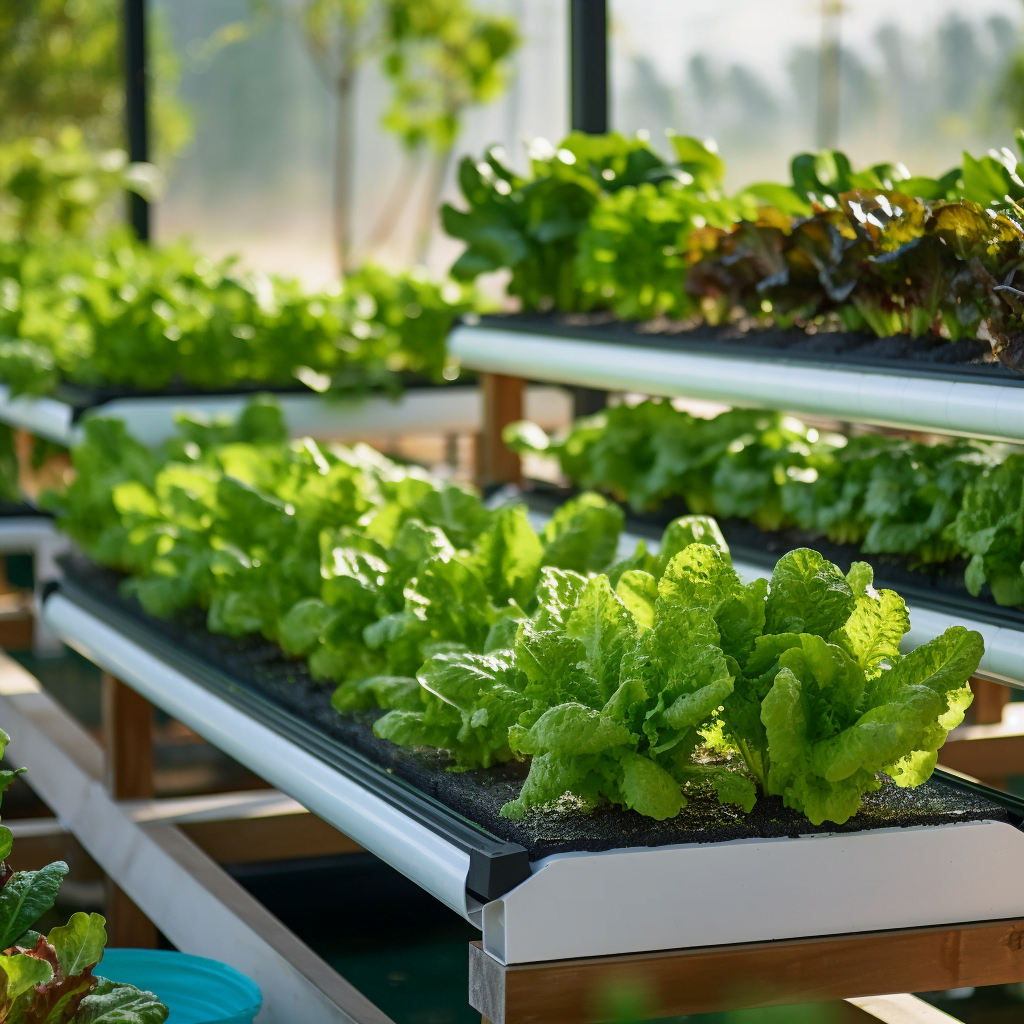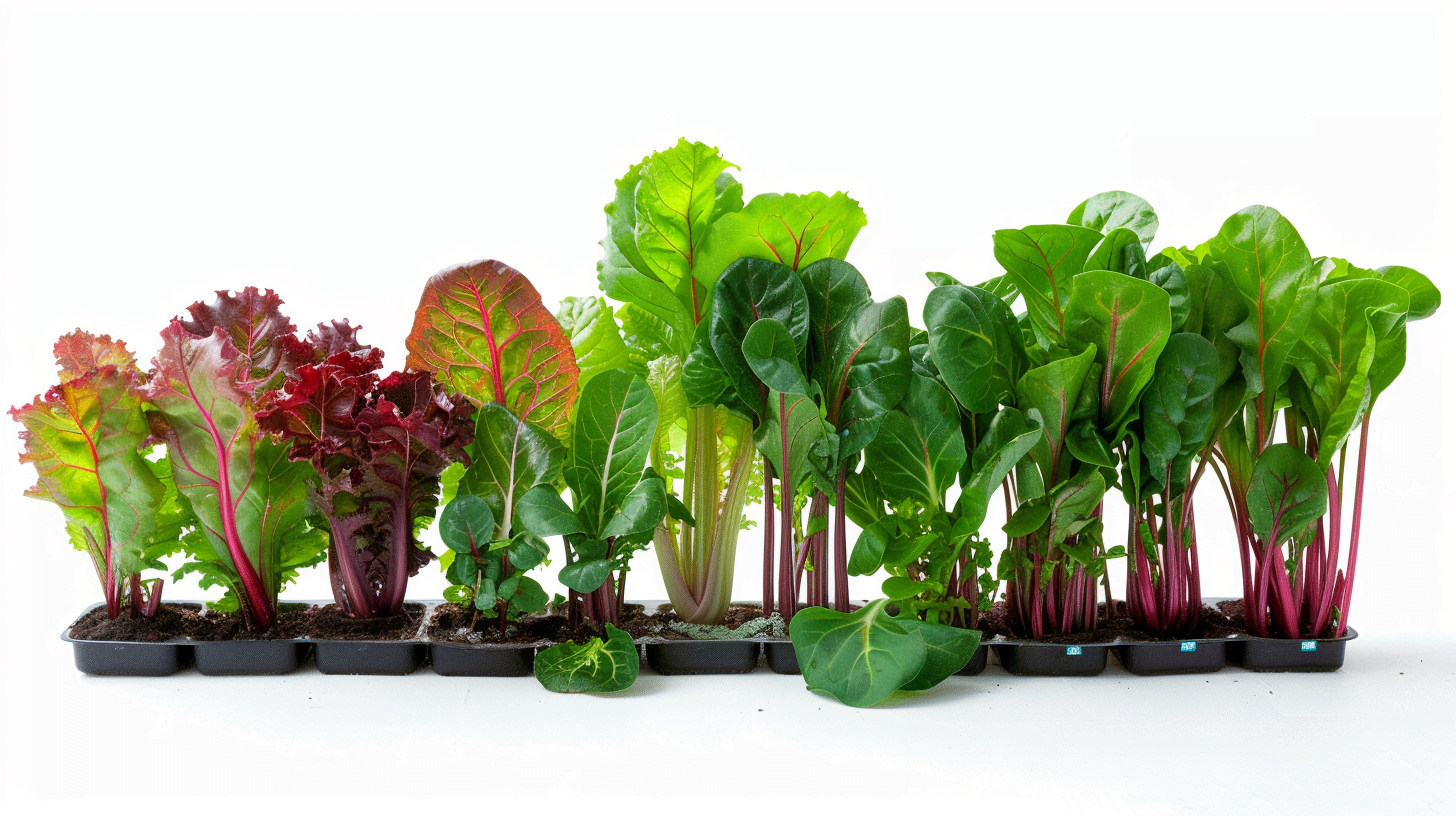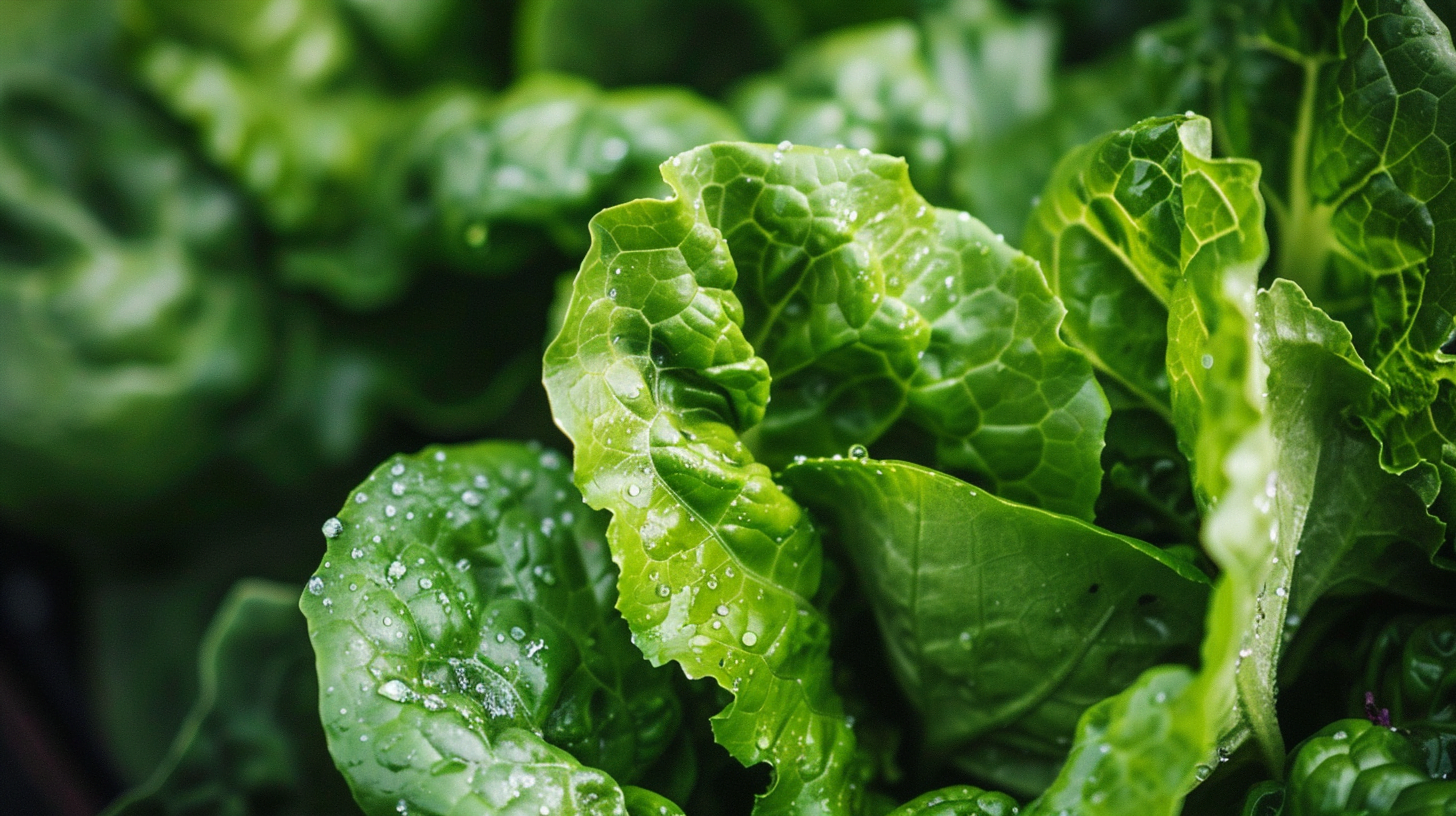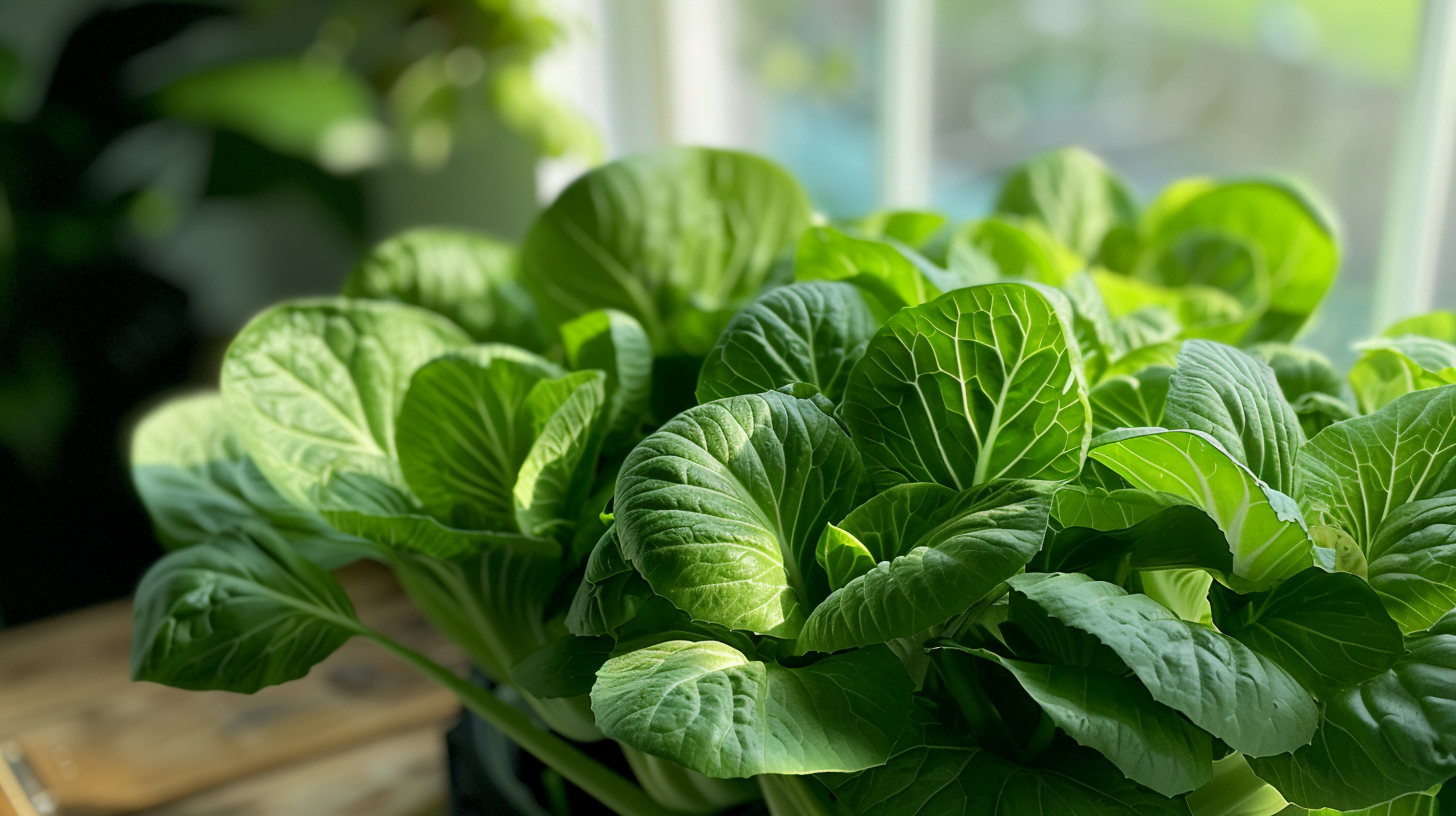Introduction
Hydroponic gardening has been growing in popularity over recent years. This soil-less gardening method involves cultivating plants by supplying all the nutrients they need right to the roots using an aqueous solution. With hydroponics, no soil is required at all to grow thriving vegetables, herbs, and other crops.
There are many advantages to using a hydroponic system versus traditional in-ground gardening:
- Faster growth rates – Nutrients are constantly available to plant roots, leading to rapid growth and development. Plants mature quicker and produce harvests sooner.
- Higher yield – When nutrients are optimized and environmental conditions controlled, hydroponic systems can achieve much higher crop yields per square foot.
- Less water usage – Closed-loop recirculating systems reuse nutrient solutions, resulting in 10-20 times less water usage than soil gardening.
- Grow anywhere – Hydroponic systems allow growing indoors, on rooftops, or in small spaces since no in-ground soil is needed.
For beginners who want to try out hydroponic gardening, certain vegetable crops are easier and more productive to grow than others. In this article, we will provide an overview of some of the best vegetables suited for hydroponic culture. We’ll also share tips on setting up a simple hydroponic system and caring for your plants. So to Answer the question every new beginners have “What Types Of Vegetables Can Be Grown Hydroponically?” hangon tight!
The Best Vegetables to Grow Hydroponically for Beginners
Many different vegetable varieties adapt extremely well to growing in nutrient-rich hydroponic setups. Some top choices include:
Lettuce
Lettuces of all types – leaf lettuces, romaine, butterhead – are excellent for growing hydroponically. Their rapid growth cycle makes lettuce a satisfying first crop for beginners. You can expect quick maturation and high yields from lettuce grown in hydroponics. Look for heat-tolerant cultivars.
Tomatoes
For compact hydroponic gardens, look for bush or dwarf tomato varieties that stay restrained. Determinate tomatoes also fare better with the controlled conditions. Prolific cherry tomato varieties tend to thrive in hydroponics, producing abundant fruit throughout the season with proper care.
Peppers
Sweet bell peppers, chili peppers, and other varieties are also well-suited to hydroponic cultivation. With consistent lighting, nutrients, and ideal temperatures, yields can be very generous from pepper plants. Pick sweeter, less-spicy varieties if growing indoors.
Cucumbers
Bush or dwarf cucumber cultivars are recommended for small hydroponic gardens. Hydroponically grown cucumbers can be extremely productive. Trellising or growing vertically maximizes space. Mini cucumber varieties are fun to grow as well.
Herbs
Herb plants really thrive when grown hydroponically. Prolific options to try first include basil, oregano, thyme, parsley, chives, and cilantro. Having a constant supply of nutrients via the water solution helps herbs grow rapidly.
Leafy Greens
If you enjoy salads, hydroponically grow your own kale, chard, spinach, arugula, and other fast-growing greens. They’ll reach maturity quicker with constant access to nutrients. You can succession sow for continual harvests.
Radishes
This root veggie matures rapidly in hydroponic setups, especially quick-growing spring radish varieties suited to containers. Make sure to provide adequate support to keep the plants anchored.
Beans
Bush bean varieties are best for compact hydroponic gardens rather than vining types. Still, trellising or staking may be needed to support bean plants as pods develop. Pick a prolific green bean or wax bean cultivar.
Strawberries
For a fun fruiting crop, strawberries can be grown hydroponically as well. Opt for everbearing types that will produce berries all season long with proper care and nutrients. Alpine strawberries stay especially compact.
Other Fruiting Vegetables
While tomatoes, cucumbers, peppers and eggplants are most common, you can also find dwarf, patio, or compact varieties of squash, melons, and other vine crops suited to smaller hydroponic setups.
Picking a Hydroponic System
There are several styles of hydroponic systems to choose from as a beginner:
Deep Water Culture (DWC)
This simple and inexpensive system involves suspending plant roots directly into a reservoir of oxygenated nutrient solution. Airstones oxygenate the water while pumps cycle the solution. Rapid growth is fueled by constant root contact.
Wick Systems
In wick or passive systems, plants are seated in an inert growing medium like perlite, vermiculite or clay pebbles. The medium wicks nutrient solution up from a reservoir below. Easy to set up for beginners.
Ebb and Flow
Also known as flood and drain systems. Plants sit in growing trays that temporarily flood with nutrient solution before draining. The wet-dry cycles promote root growth. A timer automates floods.
Drip Systems
In drip hydroponics, nutrient solution is delivered right to the root zone by drippers or sprayers on automated timer cycles. This moistens roots without saturating them.
Nutrient Film Technique (NFT)
NFT systems feature sloped growing channels. A shallow stream of nutrient solution constantly flows through each channel, where plant roots dangle into the stream.
Essential Hydroponic Components
While designs vary, most basic home hydroponic systems need:
- Growing tray, chamber or reservoir for plants
- Secondary nutrient reservoir – usually a plastic tub
- Submersible water pump to circulate solution
- Grow lights like LEDs or fluorescent bulbs
- Air pump, tubing, net pots, timers, meters etc.
Other nice extras include propagation domes, net trellis, pH and EC meters, app-based controllers. The setup can be as simple or complex as you want as a hobbyist. Don’t overcomplicate things when starting out.
Nutrient Solution Management
The proper formulation and maintenance of your hydroponic nutrient solution is critical for plant health. Here are some key factors to manage:
- EC – The electrical conductivity of your solution indicates total dissolved salts/fertilizer strength. Target levels depend on the crop.
- pH – Maintain your nutrient solution in the optimal range of 5.5-6.5. Fluctuations affect nutrient availability.
- Water Quality – Start with clean, pH-neutral water without heavy metals. Reverse osmosis or distilled water recommended.
- Reservoir Changes – Flush, clean and refresh reservoirs every 1-2 weeks to prevent problems.
- Top-Offs – Top off the reservoir regularly to replace water lost to evaporation and uptake.
- Mixing – Always mix concentrated nutrients in separate containers before adding to reservoirs.
- Aeration – Use air pumps/stones in reservoirs to maintain oxygen levels for roots.
For best results, monitor and test pH/EC levels regularly. Plants will show deficiencies if nutrient levels are off. Commercial hydroponic nutrient mixes make balancing easy. Just follow their mixing guidelines and adjust as needed.
Caring for Hydroponic Vegetable Crops
To maximize your hydroponic vegetable yields and quality, some added plant care is vital:
Lighting
Ensure plants receive 14-16 hours of bright light daily. Supplement sun with grow lights where needed. LEDs give off less heat and work well indoors.
Temperature
Ideal growing temps range from 65-80°F for most plants. Heat-loving crops like tomatoes need warmer temps around 75-80°F.
Propagation
Seeds or seedlings can be planted into hydroponic systems. Starting seeds in plugs or rockwool allows transplanting once sprouted.
Training and Pruning
Trellising, staking, and pruning techniques can optimize growth and yields for vining crops like tomatoes, cucumbers, beans and squash.
Pest Control
Check regularly for any signs of pest infestations or diseases. Act quickly before they spread using organic sprays.
Harvesting
Learn when crops are ready to pick for best flavor. Test leafy green maturity before harvesting entire plants.
With hydroponics, higher degree of control over plants’ growing conditions allows you to really maximize productivity from your vegetable crops.
Getting Started with Hydroponics
Ready to dip your toes into hydroponic vegetable gardening? Here are some parting tips:
- Start small – just a few plants to get the hang of monitoring nutrient solutions and plant needs.
- Pick beginner-friendly crops like lettuces, herbs, tomatoes, peppers and leafy greens.
- Build or buy a simple starter hydro system – either purchase a hydroponic kit or DIY using plastic totes.
- Read up on hydroponic gardening methods – Mastering Hydroponics by Howard Resh is an excellent resource.
- Be diligent about maintaining stable nutrient levels and preventing root issues.
- Document what works well and where you can improve – adjust your system and techniques with each new crop.
- Join online hydroponic communities to get advice and inspiration from experienced growers.
With a bit of practice, hydroponic vegetable gardening can be incredibly rewarding. You’ll enjoy harvesting homegrown produce faster with less work compared to traditional soil gardening. Although a simplepassive wick system or deep water culture setup are great starting points, you may get hooked and soon want to try out more advanced recirculating or automated hydroponic systems. The possibilities are endless when freed from the constraints of soil!
Hydroponics does require paying close attention to your plants’ nutrient and environmental needs. But meeting these needs consistently results in thriving, super productive gardens. If issues like deficiencies arise, they can also be quickly corrected since the roots are always visible. Overall, hydroponics offers the home gardener so much potential for growing a bounty of fresh veggies and herbs. We hope this guide gave you plenty of tips to get your hydroponic journey underway successfully. Let us know if you have any other questions – happy hydroponic gardening!
Frequently Asked Questions About Hydroponic Gardening
Many new hydroponic gardeners have similar questions about these soilless systems. Here are answers to some of the top beginner FAQs:
What kinds of nutrients do plants need in hydroponics?
Plants require macronutrients like nitrogen, phosphorus, potassium, calcium, sulfur, magnesium and micronutrients like iron, manganese, boron, zinc, copper and molybdenum. Complete hydroponic nutrient solutions will contain all essential elements.
Can any plants be grown hydroponically?
Many vegetables, herbs, fruits, flowering plants will thrive hydroponically. Leafy greens, tomatoes, and peppers are especially beginner-friendly. Root crops like carrots, potatoes, onions are challenging.
How often do you change the water in a hydroponic system?
Nutrient reservoirs should be changed every 1-2 weeks to prevent buildup of salts and pathogens that can clog roots or cause disease. Top off more frequently.
What causes hydroponic nutrient deficiencies?
Deficiencies result from depleted levels of a particular element, unsuitable pH affecting availability, reservoir water reactions, or problems with the roots. Visually diagnosing and correcting deficiencies quickly is a key hydroponic skill.
How much nutrient solution should be used in hydroponics?
This depends on system design and plant size. For small hobby systems, a good rule of thumb is 1 gallon of nutrient solution per mature plant changed out weekly. Bigger systems may hold 20-50 gallons.
Is filtered or distilled water better for hydroponics?
Yes, starting with very pure water allows you to have complete control over nutrient levels. Tap water often contains impurities. Reverse osmosis filtering is ideal but distilled water also works.
What is the ideal water temperature for hydroponics?
For most plants, 65-70°F is optimal, while tomatoes and peppers prefer 70-80°F water. Cooler water below 60°F can hinder growth. Use aquarium heaters and chillers to maintain ideal temp ranges if needed.
Why is pH important in hydroponics?
Proper pH between 5.5-6.5 makes nutrients available to plants. Out-of-range pH chemically locks up nutrients even if they are present in adequate amounts. Regular pH monitoring is crucial.
Is special lighting required for indoor hydroponics?
Yes, full-spectrum grow lights that provide adequate intensity for photosynthesis are required. LED and plasma lights are energy efficient. Provide 14-18 hours of light per day.
Can I use hydroponics without electricity?
Passive sub-irrigation systems with wicking materials to move water to roots are one option requiring no power. Outdoor hydroponics can leverage sunlight instead of grow lights. But most systems do require electricity.
We hope these commonly asked questions help you understand some of the fundamentals of hydroponics as you embark on this exciting gardening method. Please let us know if you have any other questions arise as you set up your first hydroponic system!
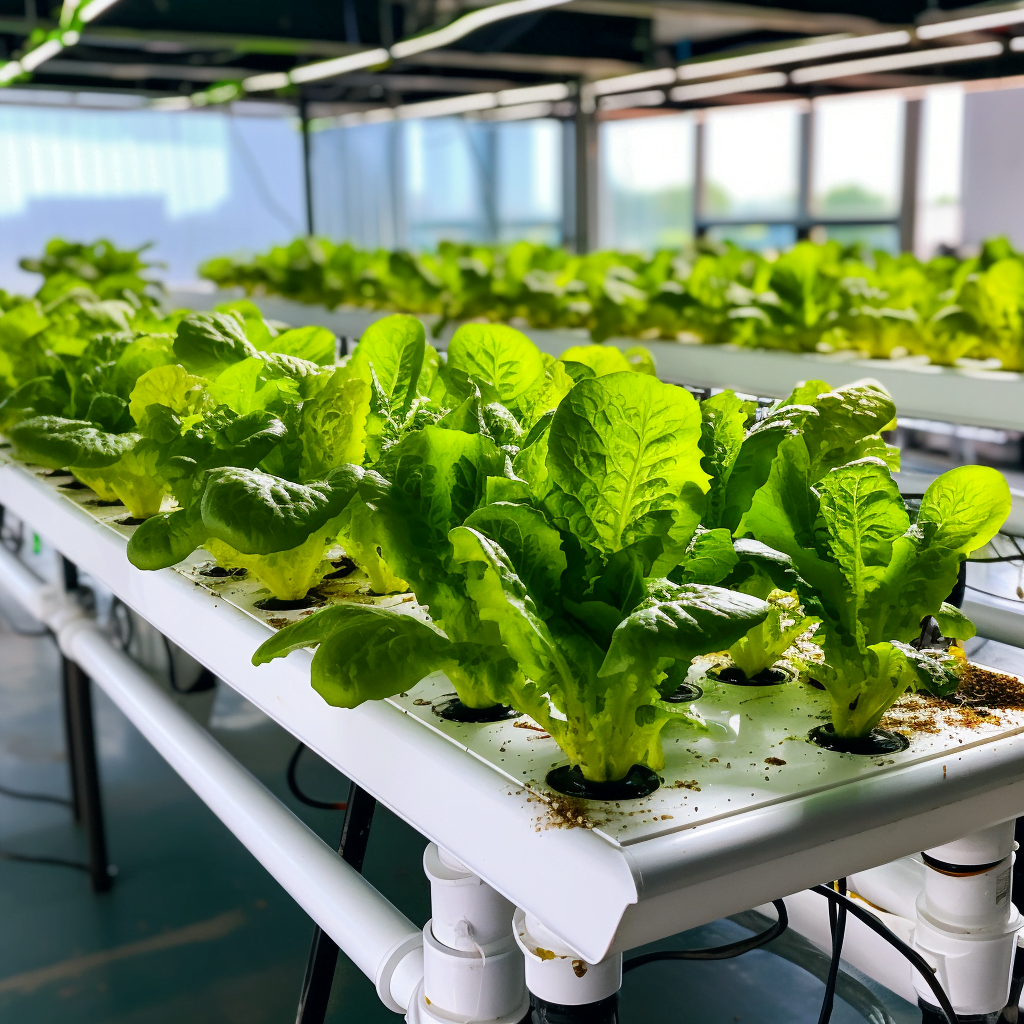
Summary
Hydroponic gardening enables you to cultivate an abundance of fresh produce and herbs without the traditional requirements of in-ground soil. By meeting plants’ nutritional needs with perfectly tuned aqueous solutions, hydroponics unlocks faster growth rates, higher yields, and cheaper operating costs than soil gardening. For beginners interested in exploring this futuristic farming method, starting out with a simple system to grow lettuce, tomatoes, peppers and herbs is a great way to get your feet wet.
Picking an easy hydroponic system design like a wick bucket or deep water culture reservoir allows first-timers to grasp the basics. While paying close attention to pH, nutrients, lighting, and temperature is important, don’t let the technical considerations intimidate you. With a bit of hands-on practice, maintaining your hydroponic garden will become second nature. Simple timers, meters, and controllers take a lot of the hassle out of system maintenance anyway.
Beyond the operational knowledge needed, hydroponics opens up new realms of possibility for home gardening. By no longer being constrained to fixed plots of outdoor soil, you can grow bountiful veggies and fruit inside your home, on balconies, patios, or rooftops. The chance to cultivate plants in unusual spaces makes hydroponics an extremely fun hobby. And as you refine your system and techniques, you’ll discover just how productive and sustainable this soilless growing method can be.
We hope this comprehensive guide provided you a launchpad to pursue hydroponic gardening yourself. Please don’t hesitate to reach out with any other questions that come up on your hydroponics journey. We wish you the best of luck discovering the joys of homemade pesticide-free produce using these modern growing innovations!
